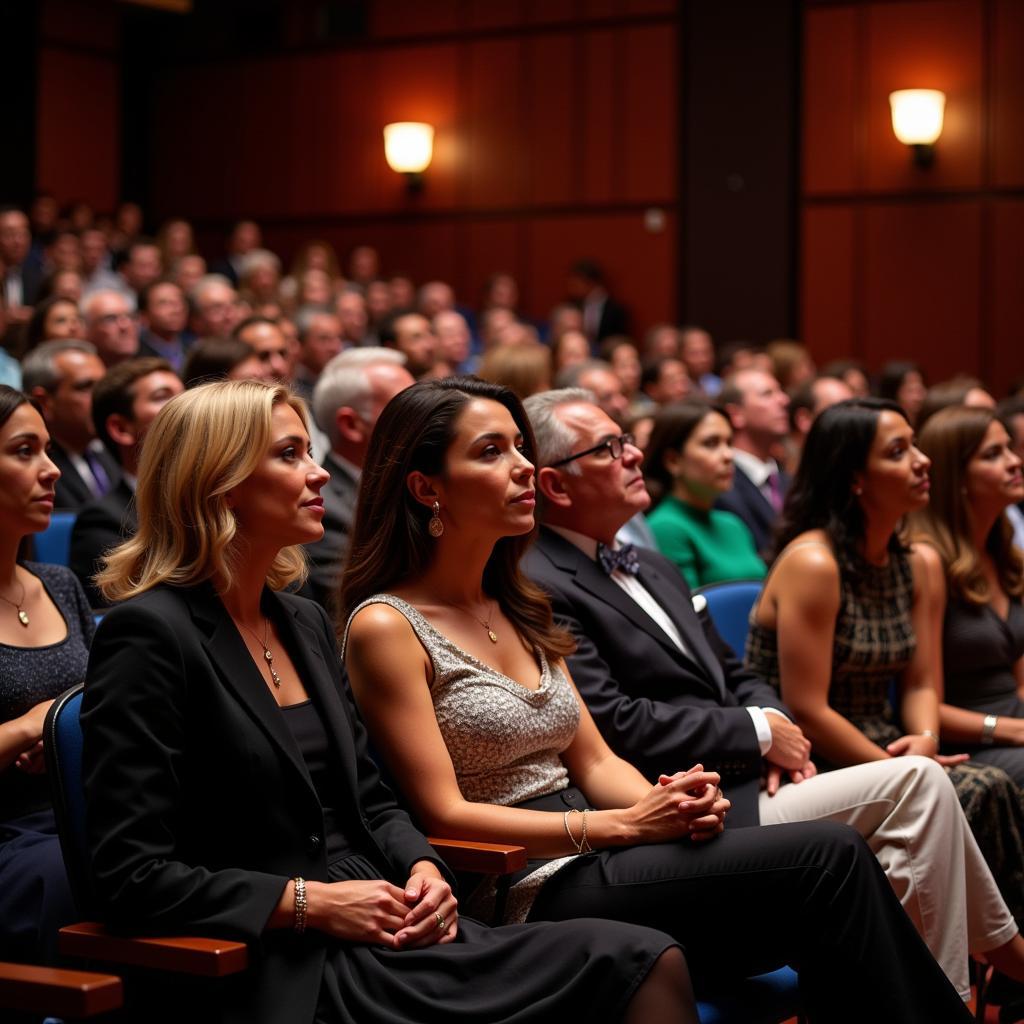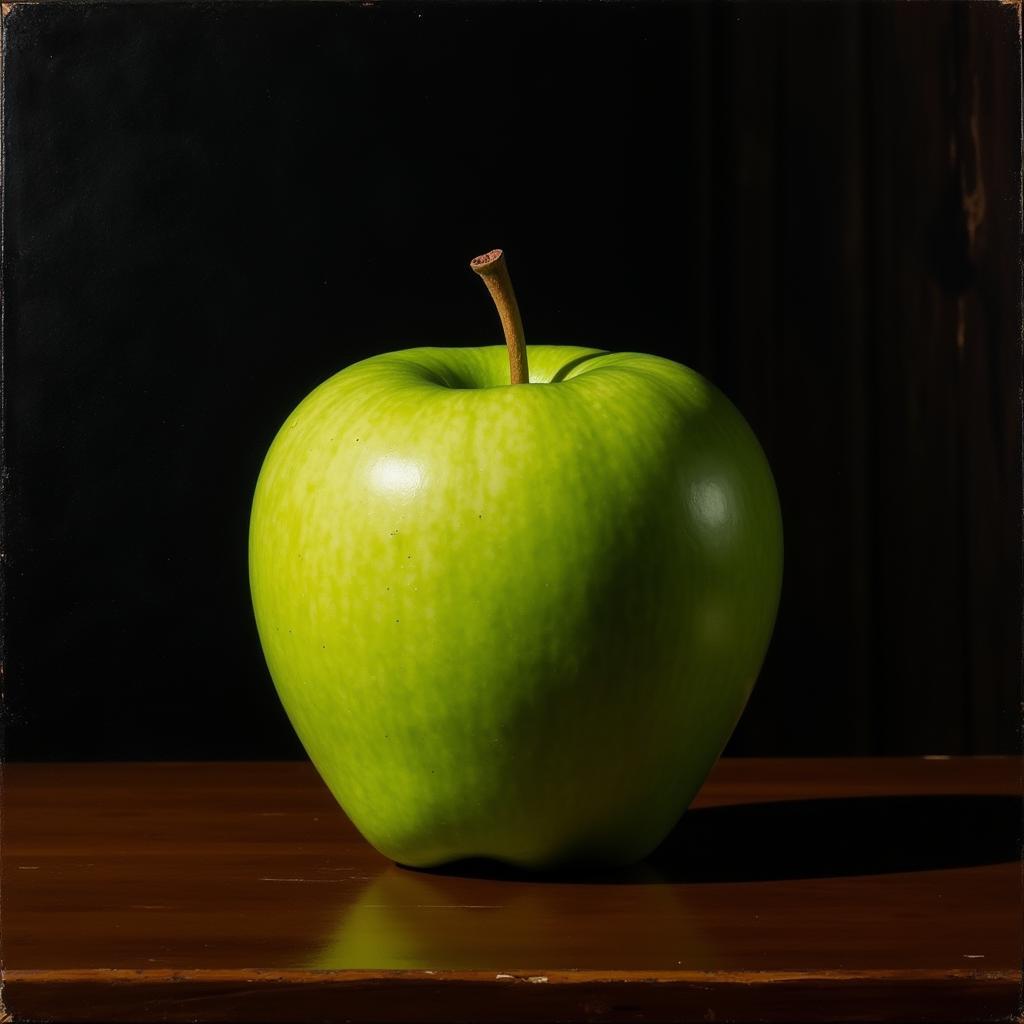Exploring the Rich World of Byzantine Catholic Art
Byzantine Catholic Art, a captivating blend of Eastern and Western traditions, offers a unique window into the spiritual and cultural world of the Byzantine Catholic Church. From its iconic iconography to its intricate mosaics and vibrant frescoes, this art form tells stories of faith, history, and devotion. In this exploration, we’ll delve into the key characteristics, historical influences, and enduring legacy of Byzantine Catholic art.
The Distinctive Characteristics of Byzantine Catholic Art
Byzantine Catholic art distinguishes itself through several key features. The emphasis on symbolism is paramount, with each element carrying deep spiritual meaning. For example, the use of gold represents the divine light of God, while the color blue symbolizes heaven and purity. Figures are often depicted in a stylized manner, elongated and ethereal, emphasizing their spiritual nature rather than physical realism. christian mosaic art often showcase these characteristics.
Another hallmark is the use of reverse perspective, where objects appear to recede into the background, drawing the viewer’s gaze towards the spiritual realm. This technique creates a sense of otherworldliness and invites contemplation. The rich use of color, particularly deep blues, reds, and golds, further enhances the sense of awe and reverence.
Historical Influences and Evolution
The roots of Byzantine Catholic art lie in the artistic traditions of the Byzantine Empire, centered in Constantinople (modern-day Istanbul). Early Christian art, with its emphasis on symbolism and spiritual representation, heavily influenced the development of this distinctive style. Over time, regional variations emerged, reflecting the unique cultural contexts of different Byzantine Catholic communities.
The iconoclastic controversies of the 8th and 9th centuries, which debated the use of religious images, had a profound impact on the development of Byzantine Catholic art. Following the restoration of icons, the art form flourished, reaching new heights of sophistication and beauty.
Icons: Windows into Heaven
Icons, perhaps the most recognizable form of Byzantine Catholic art, play a central role in the spiritual life of the Church. These sacred images, typically painted on wood panels, serve as visual representations of Christ, the Virgin Mary, saints, and biblical scenes. They are not merely decorative objects but are venerated as windows into the divine. catholic mary art offers a rich collection of these iconic representations.
The creation of icons is a deeply spiritual practice, guided by strict artistic canons and theological principles. The artist, seen as a vessel for divine inspiration, follows established iconographic conventions to ensure the authenticity and spiritual integrity of the image.
Preserving the Legacy of Byzantine Catholic Art
Today, Byzantine Catholic art continues to inspire and uplift believers worldwide. From traditional iconography to contemporary interpretations, this art form remains a vibrant expression of faith and cultural heritage. Efforts are underway to preserve and restore historic Byzantine Catholic churches and artworks, ensuring that this rich legacy endures for generations to come. vintage catholic art offers a glimpse into the rich history of this art form.
What are the key themes depicted in Byzantine Catholic art?
Common themes include the life of Christ, the Virgin Mary, saints, biblical narratives, and liturgical feasts.
How can I learn more about Byzantine Catholic iconography?
A catholic art book can be a valuable resource. Many museums and online galleries also offer in-depth information.
Conclusion
Byzantine Catholic art, with its profound symbolism and breathtaking beauty, offers a powerful testament to the enduring power of faith and artistic expression. Exploring this rich tradition allows us to connect with a spiritual heritage that spans centuries and continues to inspire awe and reverence today. Byzantine Catholic art truly represents a unique and invaluable contribution to the world of religious art. angel classical art can further enrich your understanding of the artistic traditions within the broader context of religious art.
FAQ
- What is the significance of gold in Byzantine Catholic art? Gold represents the divine light and glory of God.
- What are the primary colors used in Byzantine Catholic art? Deep blues, reds, and golds are frequently used.
- What is the purpose of an icon? Icons serve as visual representations of sacred figures and events, aiding in prayer and contemplation.
- What is reverse perspective? A technique where objects appear to recede into the background, drawing the viewer’s gaze towards the spiritual realm.
- Where can I see examples of Byzantine Catholic art? Byzantine Catholic churches, museums, and online galleries often feature examples of this art form.
- What is the role of the artist in Byzantine Catholic art? The artist is seen as a vessel for divine inspiration, following established iconographic traditions.
- How has Byzantine Catholic art influenced other art forms? Its influence can be seen in various religious art traditions, particularly in Eastern Europe.
For further assistance, please contact us: Phone: 02462573573, Email: danteum@gmail.com Or visit us at: Savico Megamall, 7-9 Đ. Nguyễn Văn Linh, Gia Thụy, Long Biên, Hà Nội 10000, Việt Nam. We have a 24/7 customer service team.


